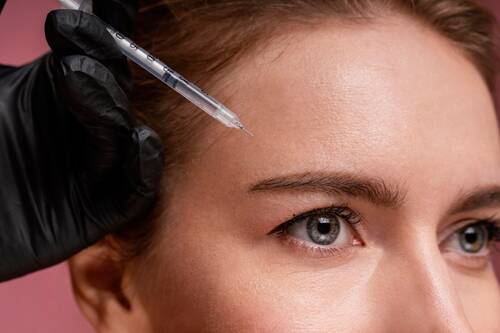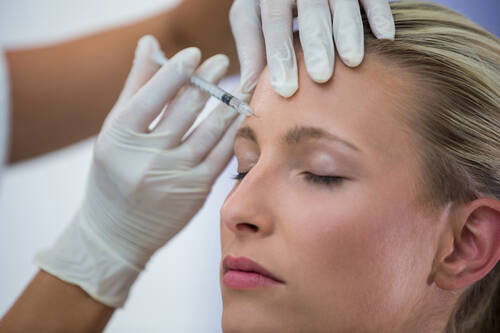Dermatology, Surgical Research / 27.09.2024
Botox in Barrie: What to Expect from Your First Treatment
Table of Contents
- Introduction
- Understanding Botox: How It Works
- Benefits of Botox Treatments
- Preparing for Your First Botox Appointment
- The Treatment Process: Step by Step
- Aftercare: Tips for a Smooth Recovery
- When Will You See Results?
- Choosing the Right Clinic: Why Skin Vitality Medical Clinic Barrie?
- Common Questions and Concerns
- Your Journey to a Youthful Look Starts Here




